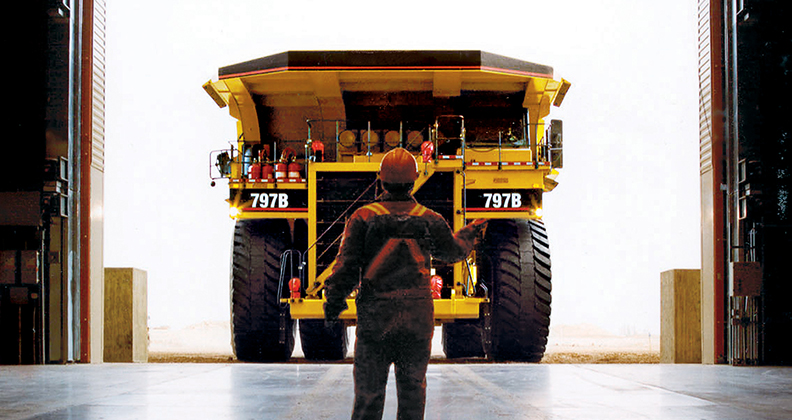featureoil sands: unlocking untapped energy

what chevron is doing
Effectively retrieving oil from sand is a tough challenge. Chevron is using its vast resources of technology and expertise to help bring this energy source to market.
At the Athabasca Oil Sands Project’s (AOSP) Muskeg River and Jackpine mines in Alberta,Canada, giant shovels capable of scooping nearly 100 tons of bitumen-bearing oil sands in one bite make the job easier. Workers at mine sites need to extract more than two tons of oil sands to produce one barrel—42 gallons—of usable crude oil. Chevron holds a 20 percent nonoperated interest in the project.
In order to extract the bitumen from the oil sands, the ore is mixed with warm water to create a slurry. This slurry is fed into a processing unit where the bitumen is separated from the water and sand mixture. The extracted bitumen is diluted with a special solvent and then sent via pipeline to an upgrading facility near Edmonton, where it is transformed into a wide range of premium low-sulfur and low-viscosity synthetic crude oils.
Chevron is part of theQuest Carbon Capture and Storage (CCS) Project—the first CCS project in the Canadian oil sands. This innovative project is designed to capture and safely store more than one million metric tons of carbon dioxide (CO2) each year – equal to the emissions from about 250,000 cars. Quest CCS captures carbon dioxide from AOSP’s Scotford Upgrader, transports it approximately 50 miles (80 km) by pipeline and then permanently stores it more than one mile (2 km) underground. Commercial operations at the Quest CCS Project began in November 2015.
Published: May 2015